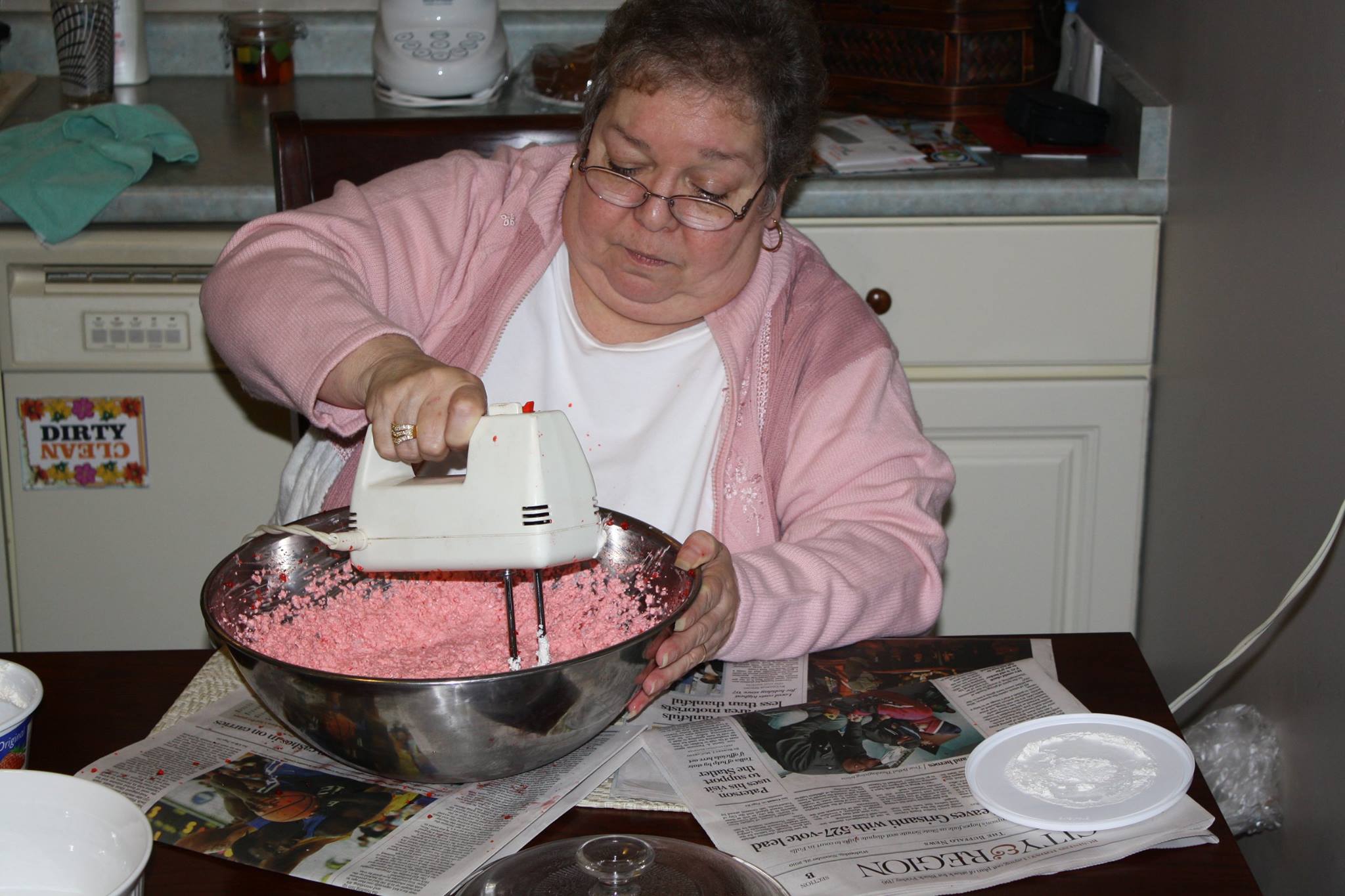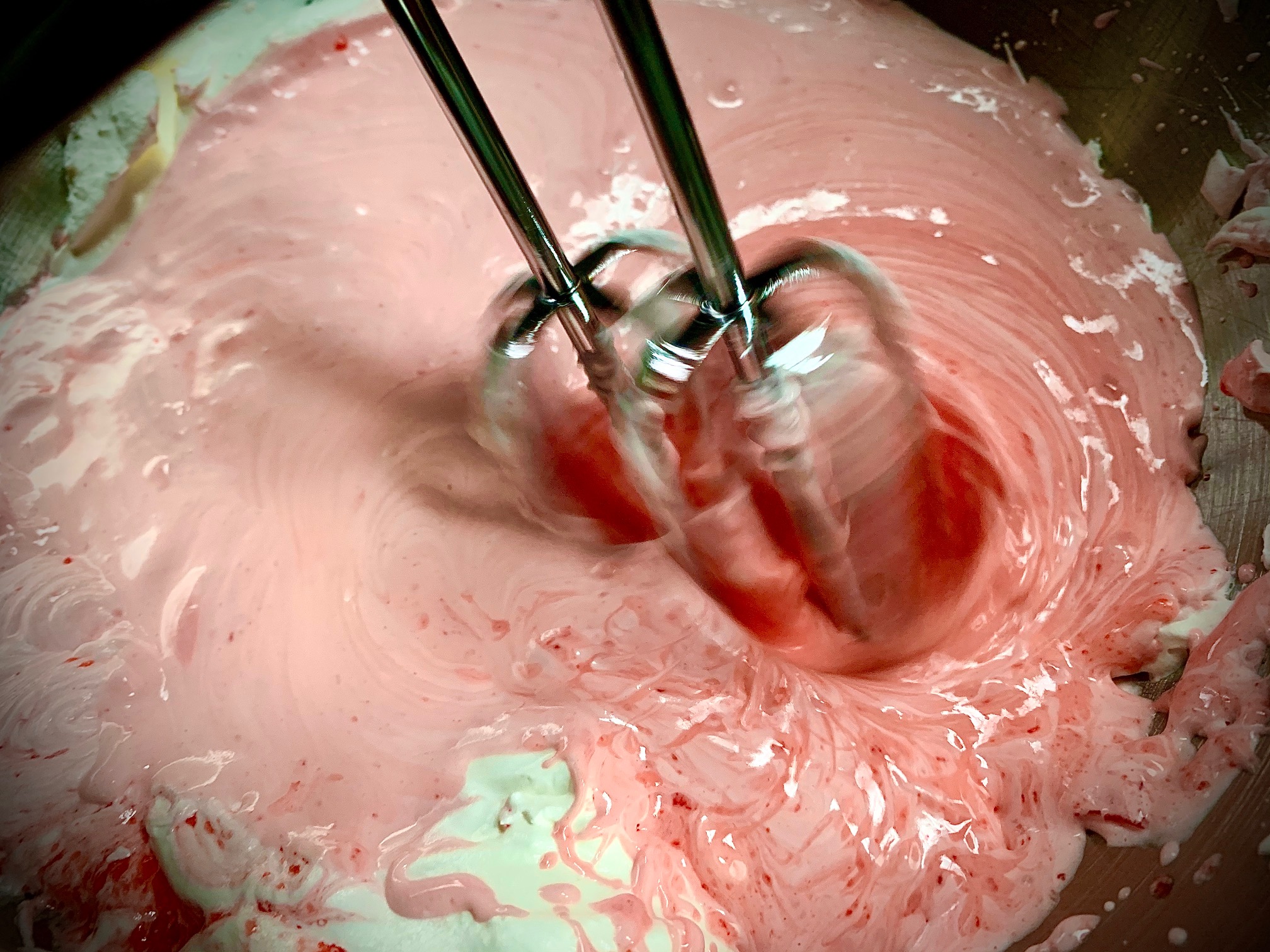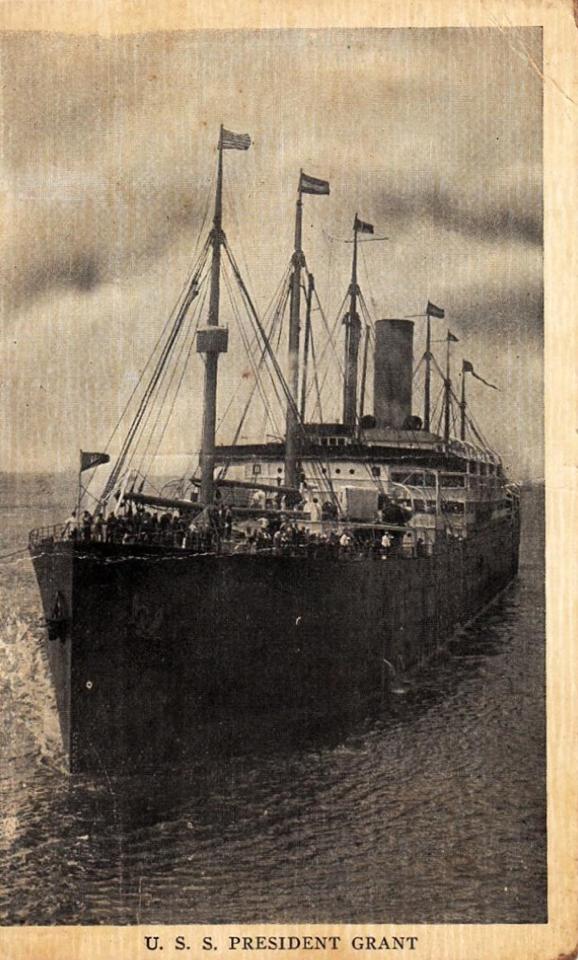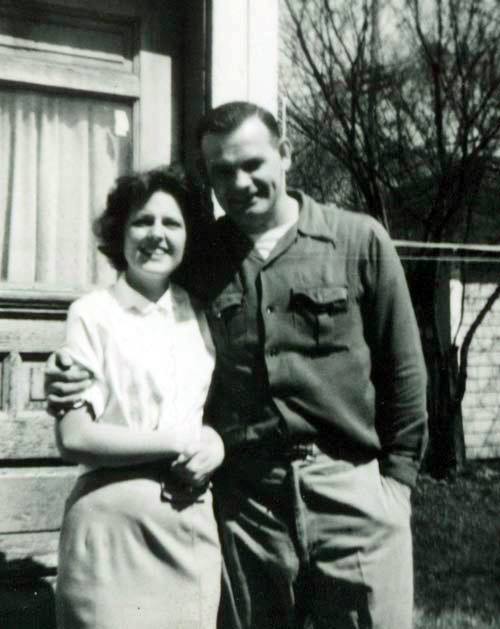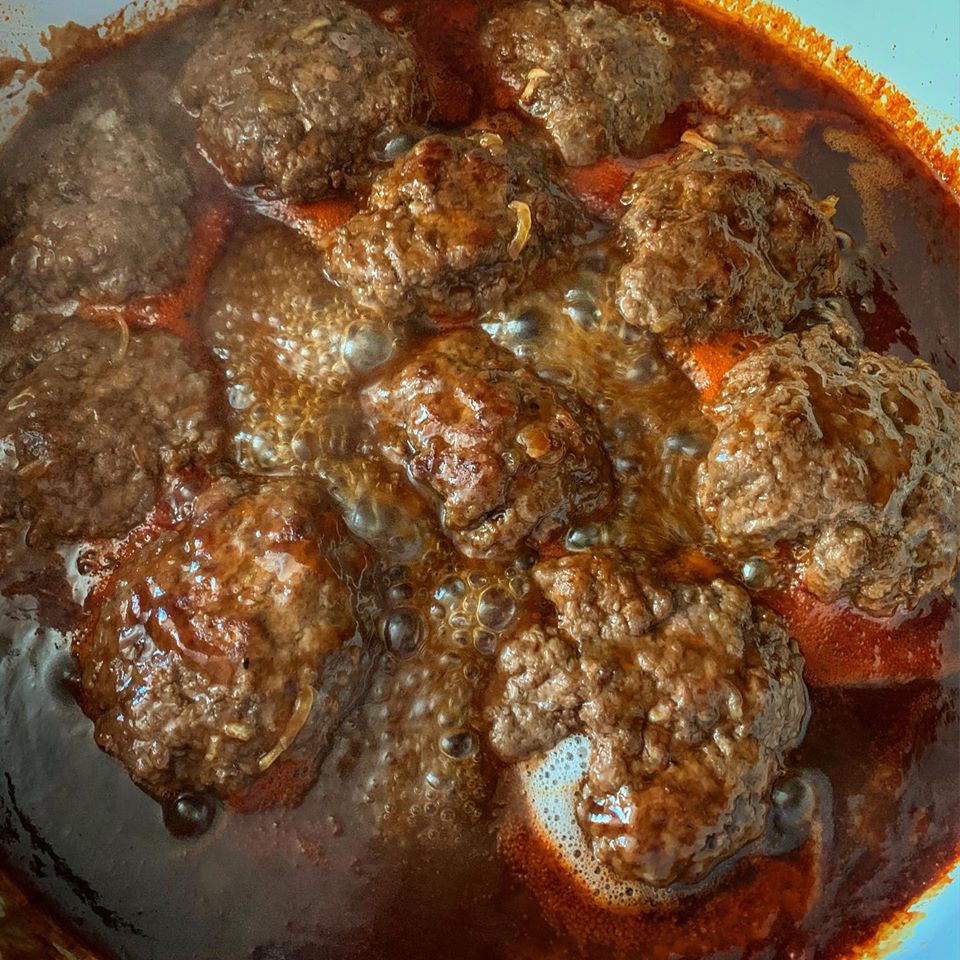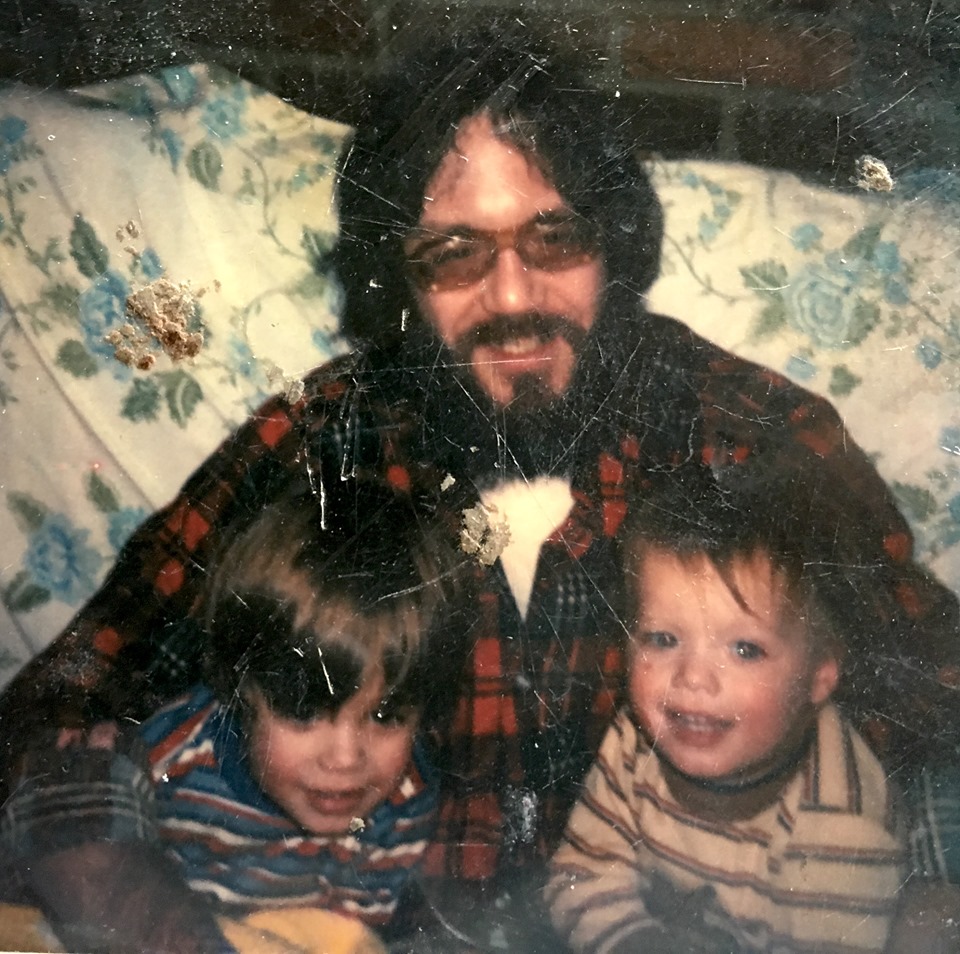I’ve been thinking a lot about coffee lately, and the sum of coffee is more than the beans.
Someone was dissing good ol’powdered coffee creamer the other day. Not me. I started working in radio at 15 years old, and through high school and college put in a lot of 16 hour days.
In those days, the only coffee at WBEN was from a vending machine in the basement.
Those 25¢ 5oz cups of instant coffee with powdered creamer kept me alive.
My wife and I are part owners of a coffee shop now— with some of the most delicious, finest roasted coffee in Western New York… but I still keep a jar of instant coffee and powdered creamer on hand because every once in a while, I get nostalgic about that terrible brackish fluid which kept my motor running so many years ago.
I saved one of those cups with the intention, I think, of getting Ed Little’s autograph on the cup. The coffee really was bad, but it was the best coffee I ever had when Ed would grab two shiny new quarters and ask if I had time to head down to the basement.
In his mid-70s, Ed was far and away the oldest guy working at the station and gave weekend news the bigger-than-life sound of a much earlier era with bold writing and bombastic announcing. I was the youngest by a big margin, a wide-eyed 15 year-old twerp with boundless enthusiasm for all things radio and for old guys who liked to tell stories.
“You can buy when we have steak,” Ed would say, never allowing me to pay for our coffee ritual, even when he bought me lousy coffee at one of a dozen or so different little lunch counters with booth service, all the kind of place that served meatloaf and gravy. But no matter what the special was, the coffee was always there to wash it down.
Toward the end of Ed’s life, I called him up for a coffee but he was too sick to go out. His voice sparkled when I offered to bring over a couple of cups of Tim Horton’s. He was visibly sick, but pulled on a turtleneck and a pair of perfectly pressed slacks for my visit to his kitchen table and the coffee I was finally able to buy.
My earliest memories of drinking coffee come from the necessity of warmth. I was about 7 when my parents would load us kids into the backseat of our chocolate brown AMC to drive my ol’man to work early in the morning before we went to school. It was the only way that mom would have the car to go to work herself after we’d get home and get on the bus.
The heat didn’t work in the car, but holding and sipping plastic tumblers of coffee kept us warm. The coffee was always on at our house growing up. I always enjoyed bringing Mom a cup just the way she liked it. Dad never seemingly finished a cup and was constantly walking over to the microwave—later wheeling over to the microwave—to blast that cold cup for 45 seconds or so.
“A minute’s way too long, Steveo,” dad would say yanking the mug out of the microwave, taking a long sip with quick a self-satisfied mmm.
When you walked into Grandma Coyle’s kitchen, right there in the middle of the table, almost like a centerpiece, was the Mr. Coffee– right next to the black rotary dial wall phone and a pack of Parliament 100s.
Grandma Cichon had been a waitress at Colonial Kitchen, which ingrained the sanctity of coffee when hosting people at her giant white Formica kitchen table. The kettle on the stove was always lukewarm and ready to make a Taster’s Choice instant coffee in a Corelle Gold Butterfly mug. You got milk and sugar without asking. If she was out of milk, Grandma would put a buck in my hand and send me to Fay’s, because that was Seneca Street’s cheapest half-gallon of milk.
After Grandma Cichon died, I’d walk in the front door and say hi to Gramps, as I walked into the kitchen to put on the kettle for us both.
Any cup of coffee I made for Gramps was judged “perfect, son” with the first sip, and he meant it from the bottom of his heart every time—not just because the coffee was good, but because we were drinking it together.
I personally pour all of this into each cup of coffee I make at JAM. Our rich blend is delicious, and I know you will love it—but that’s fleeting. What lasts forever is our coffee story, and JAM was built with that in mind.
This is what we mean when we say Coffee and Community. You’ve become a part of my coffee story. I hope you’ll make JAM part of your coffee story, too.
 By Steve Cichon
By Steve Cichon